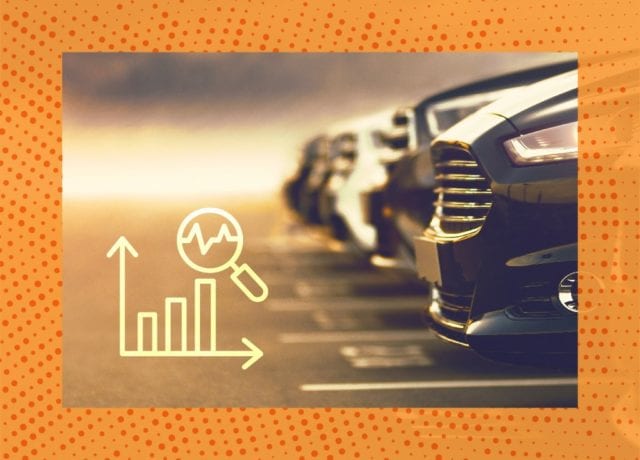The auto industry continues on its downward slope.
Sales are down, production has decreased and jobs have been cut. Likewise, advertising budgets have been impacted.
Last year, we reported on the cutting down of auto TV ad spend. The downturn of ad spending trend continues and is consistent across mediums. Notably, B2B ad sales are down.
Global auto-industry looks pale, while the US sector comes in strong
Factors largely outside of the auto-industry’s control continue to impact auto sales and production.
China, in particular, is experiencing decreased demand and slumps in sales.
“Trade tensions between Washington and Beijing have hit confidence in China generally,” explains Dave Leggett, editor of the car industry website Just-Auto. “The economy was slowing down anyway, but that accentuated it.”
Europe is also experiencing disruption in car production.
“Ford is cutting 12,000 jobs and closing six plants in Europe, including an engine factory in the United Kingdom,” reports Laura He at CNN Business. “Jaguar Land Rover, which is owned by India’s Tata Motors (TTM), is slashing 4,500 jobs. Honda is also closing a plant in the United Kingdom.”
Brexit, new emissions standards, the push towards new electric cars, and unknowns surrounding driverless cars remain concerns as the auto-industry navigates unnavigated territory.
The US auto-industry remains a mixed bag: the amount of new vehicles bought were the lowest in 5 years, but spending on vehicles (over $460 billion) set a new industry record. It was a strong year for profits alone, but experts remain cautious with so many unknowns approaching in the next few years, especially continued, yet unmet, fears of another recession.
Uncertainty impacts B2B auto-ad sales
While consumer facing auto advertising took a hit, B2B media was impacted in even greater ways.
In 2019, automotive companies spent 10 percent less on B2B media, print and digital YoY, while consumer advertising dropped 7.2 percent in the same time period.
The biggest impact is being felt in B2B print, which has seen a 36 percent decrease from automotive ad dollars from 2017 to 2019. This is less an indicator that ads are completely disappearing, rather they are following print trends as a whole.
Last December, TEN Publishing discontinued 19 out of its 22 print automotive magazines. Previous subscribers will be offered digital subscriptions to equivalent online magazines and streaming services. The change points to a change in preferred medium, rather than a decrease in interest.
“Simply put, we need to be where our audience is,” wrote Alex Wellen, MotorTrend Group president and GM, in a memo sent to MotorTrend Group staff. “Tens of millions of fans visit MotorTrend’s digital properties every month, with the vast majority of our consumption on mobile, and 3 out of every 4 of our visitors favoring digital content over print.”
A general shift to digital ads
Auto B2B advertising is following the shift. From 2017 to 2019, spend on digital ads has increased 19 percent. The unstated benefit is that digital advertising tends to be much cheaper than print ads.
Ad sales remain lower, but the biggest change seems to be where they are targeting their audience.
The largest players are still major spenders in B2B advertising. For example. GM spent millions on B2B digital ads, using sites like Bodyshop Business & Tomorrow’s Technician. In print, they bought ads in publications like Automotive News and Autobody News.



